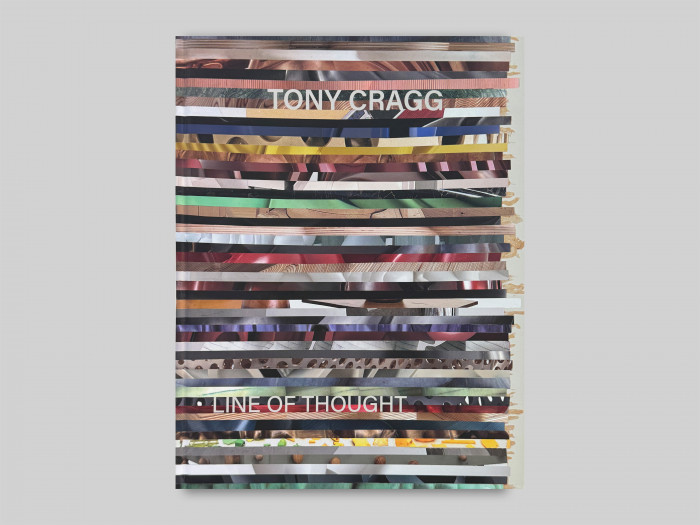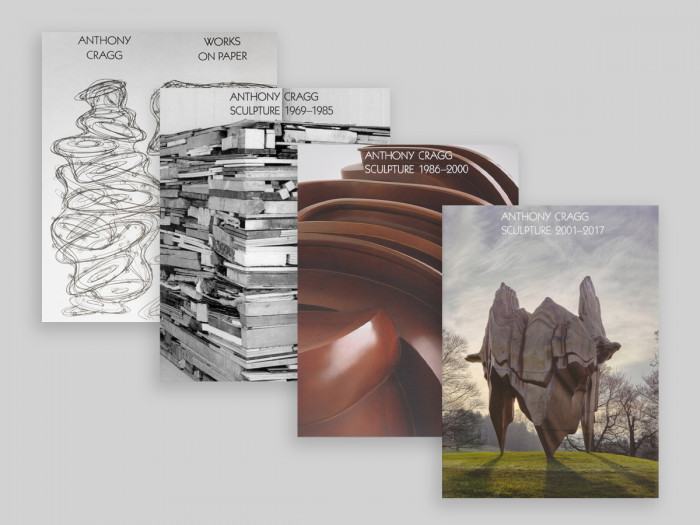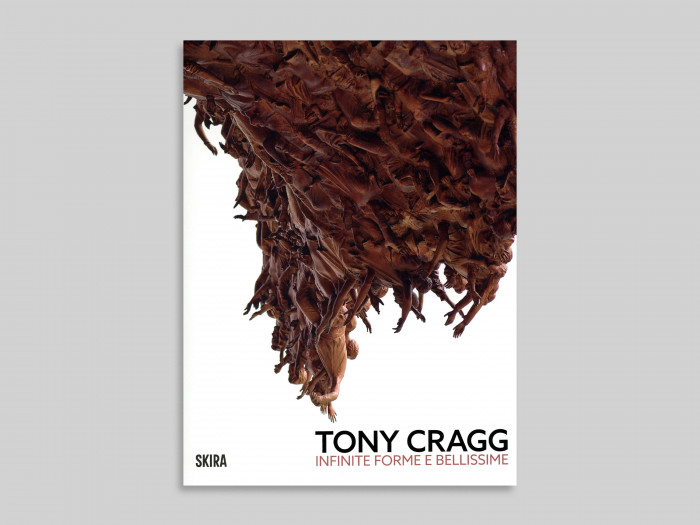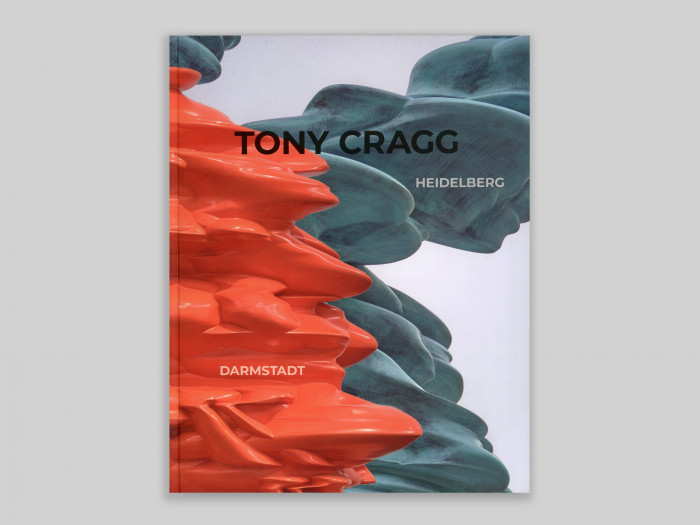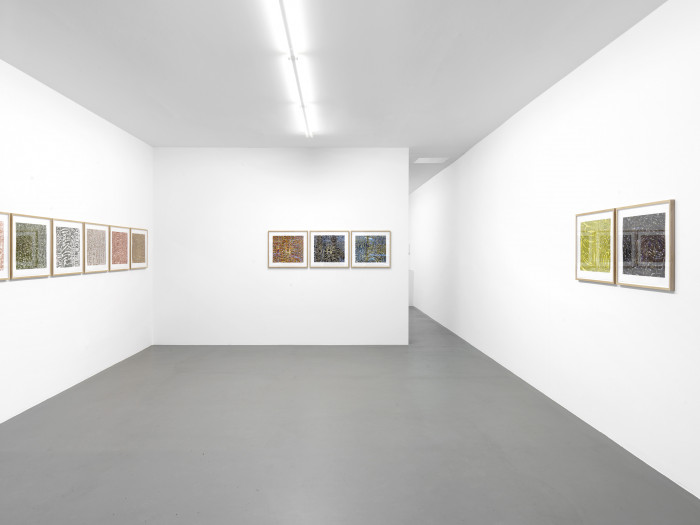
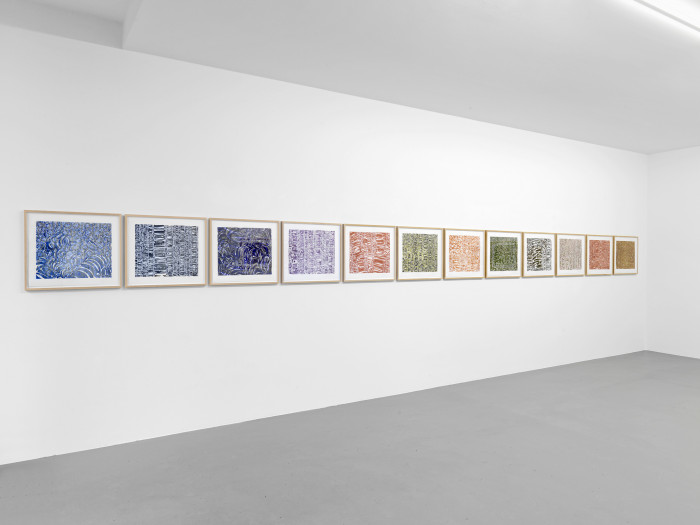

20 x 24 in
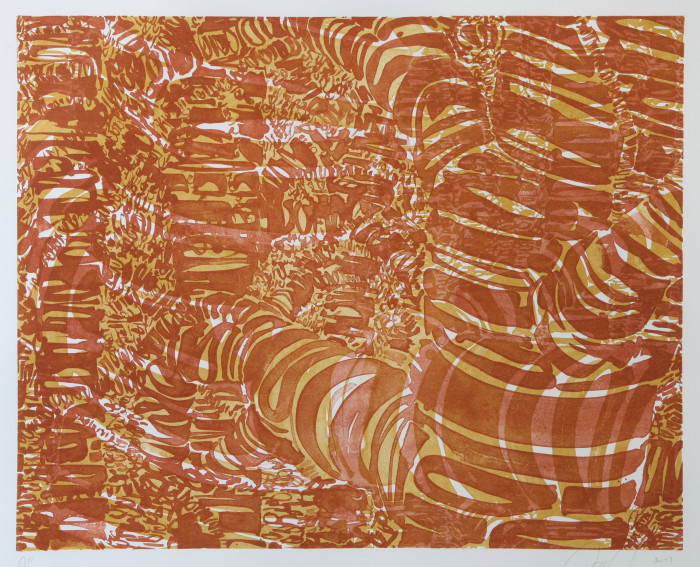
20 x 24 in
- <
- 1/4
- >
Tony Cragg Waldzimmer
Tony Cragg (*1949) says that the objects that we produce in our society are usually made up of very basic geometric forms, such as areas, right angles, simple curves, circles. We use these to construct a utilitarian world that is defined by its relative simplicity and lack of variety in shape. However, in the material we see “only the tip of the iceberg. We find ourselves between the moment where we have a solved, boring, and familiar form, which does not challenge us much, and the possibility that the material becomes very complex
and almost chaotic. … A square meter of forest floor has more forms than in the whole city here.“1
Waldzimmer reveals Tony Cragg’s interest in the natural world with its complex organic shapes on the one hand, and technology, science and abstraction on the other. Views of a dense forest have been captured on paper in multiple transparent colours in several layers using limestone printing. The motifs are based on a binary system using the two digits one and zero.
Although best known for his sculptures, Tony Cragg also regularly produces drawings and prints. In the late 1980s and early 1990s he created his first print portfolios, including works such as Laboratory Still Life (aquatint, 1988), Fruit Juice Bottles (aquatint, 1990), Die 1. Ära (etching, 1991). Waldzimmer is the largest and most complex lithographic portfolio to date.
1 A conversation between Tony Cragg and Buchmann Galerie Berlin, 2011, p. 42
Tony Cragg
Born 1949 in Liverpool. Lives and works in Wuppertal, Germany.
| 2009 - 2013 | Director of Kunstakademie Düsseldorf |
| 2002 | Professorship for sculpture at UdK Universität der Künste, Berlin Member of the Akademie der Künste, Berlin |
| 1994 | Member of the Royal Academy, London |
| 1979 | Professor at the Kunstakademie Düsseldorf |
| 1973 - 1977 | Royal College of Art |
| 1968 - 1972 | Gloucestershire College of Art and Design, Cheltenham und Wimbledon School of Art |
| 1966 – 1968 | Lab Technician at the National Rubber Producers Research Association |
| 2017 |
Lifetime Achievement in Contemporary Sculpture Award, International Sculpture Center |
| 2016 |
Knight Bachelor of the British Empire |
| 2013 |
Chaire de Création Artistique, Collège de France Rheinischer Kulturpreis, Sparkassen-Kulturstiftung Rheinland |
| 2012 | Order of Merit of the Federal Republic of Germany 1st Class Artist's Medal of Honor of the Hermitage, Russia |
| 2009 | Honorary doctor of the Royal College of Arts |
| 2007 | Praemium Imperiale for Sculpture, The Japan Art Foundation |
| 2005 | 1st Prize for Best Sculpture, 2. Biennale Beijing |
| 2002 | Commander of the Order of the British Empire |
| 2001 | Honorary Fellowship John Moores University, Liverpool Shakespeare-Prize |
| 1992 | Chevalier des Arts et des Lettres |
| 1989 | Von-der-Heydt-Prize, Wuppertal |
| 1988 | Turner Prize British Representative at the 43rd Venice Biennale |
